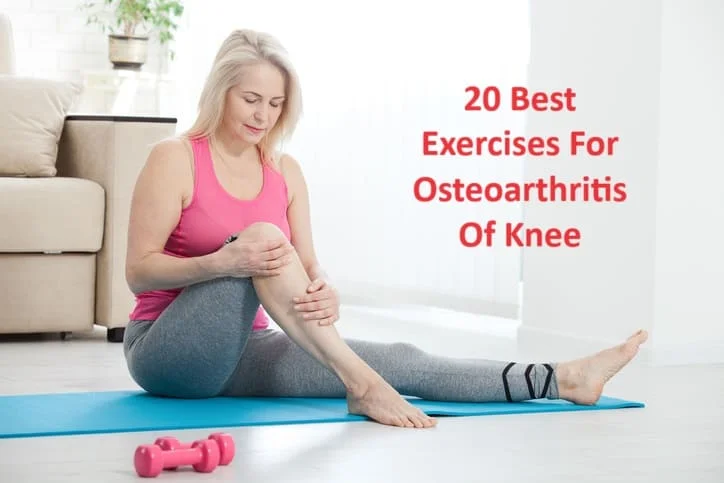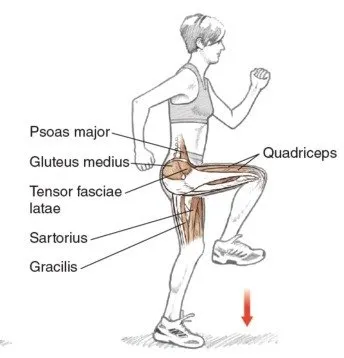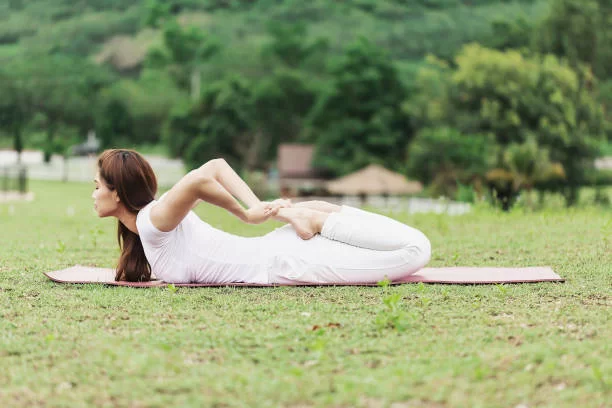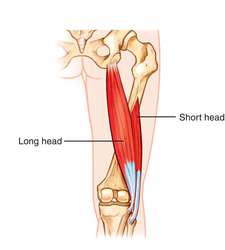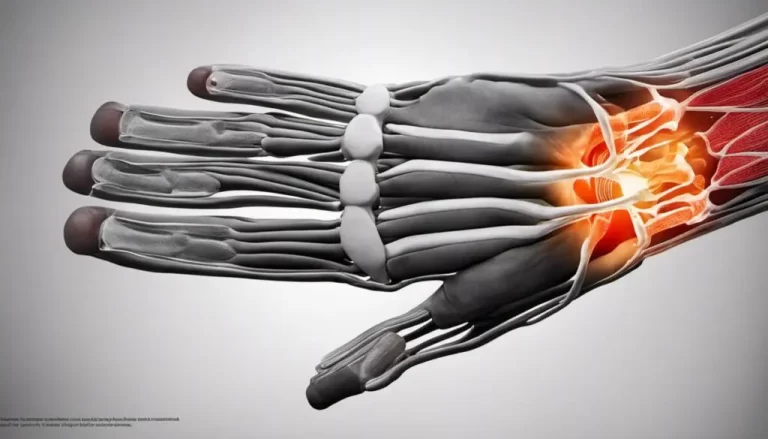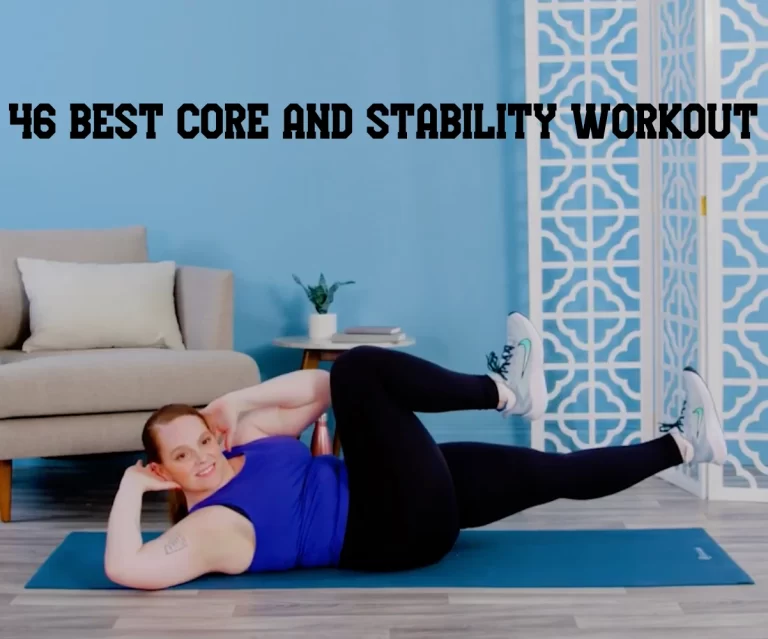20 Best Exercises For Osteoarthritis Of Knee
Osteoarthritis of the knee is a common degenerative joint condition that can cause pain, stiffness, and reduced mobility. While exercise may seem counterintuitive for individuals with knee osteoarthritis, it plays a crucial role in managing the condition. This introduction will highlight some of the best exercises for osteoarthritis of the knee, focusing on their importance in relieving symptoms and improving joint function.
Table of Contents
Introduction
Osteoarthritis (OA) is a considerably common kind of arthritis. Though it can affect any joint in the body, the knees, hips, and hands are where it most frequently occurs. When the cartilage in the joints breaks down over time, OA results. This may result in joint discomfort, stiffness, and edema.
One of the best things you can do to control OA knee is exercise, Being able to:
- reduce discomfort and stiffness
- Increasing flexibility and range of motion
- strengthen the knee’s surrounding muscles
- Improve your coordination and balance
- decrease the chance of falls.
Exercises that are mild on the joints and low-impact must be considered while selecting OA knee exercises.
Avoid activities with high impact, such as running, jumping, and sports that require knee twisting.
Here are some exercises that are safe and effective for people with OA of the knee:
Range of motion exercises
Hamstring Stretch
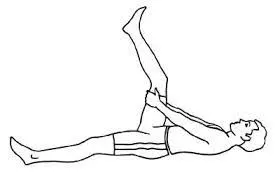
This stretch improves the range of motion and flexibility. Additionally, it lowers your risk of experiencing pain or injuries. Always begin with a walk of five minutes to warm up. When it’s time to stretch your hamstring,
lie down.
Hamstrings are a target.
The goal is to increase the range of motion in the knees and the flexibility of the hamstrings.
Steps:
Laying on your back,
extend your legs.
Right knee bent or straightened, both hands placed on the back of the right thigh.
Pull the leg gently toward the chest.
So that the knee rises directly, let the arms relax.
For 10 to 20 seconds, extend this leg as far as it will go toward the sky.
After stretching it once more, bend the knee once more.
On the opposite side, repeat.
Quadriceps stretching
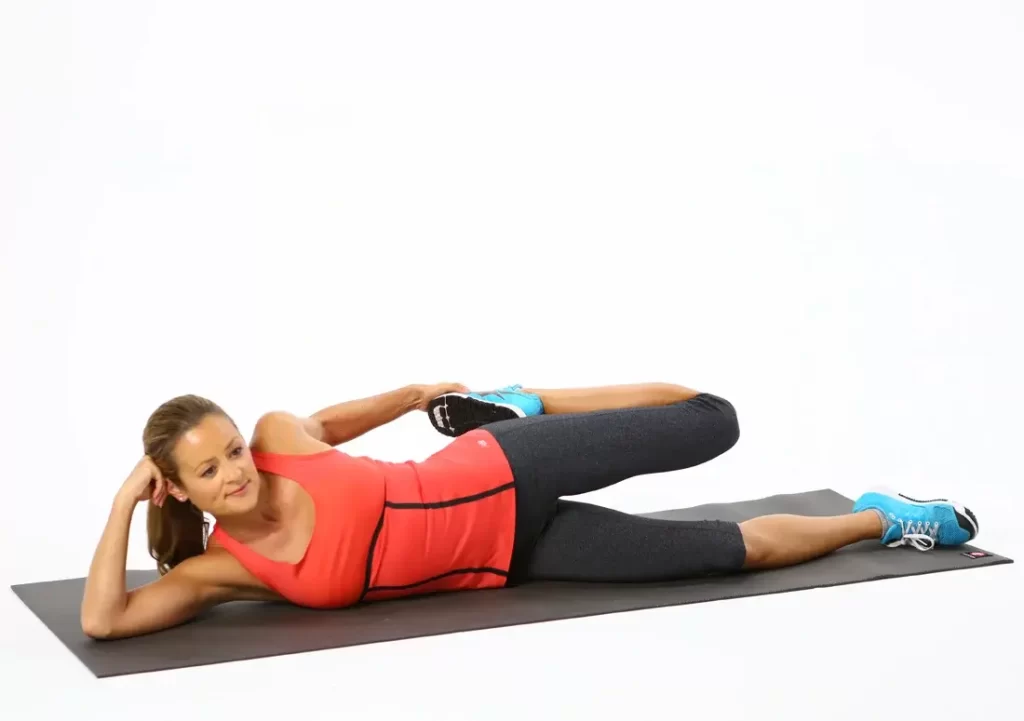
The position of this workout is side lying down. However, seated buttock clenches or reverse leg lifts can be utilized to strengthen the glutes if lying exercises are too challenging or uncomfortable.
The quadriceps stretch improves the range of motion and flexibility.
Target quadriceps.
Goal: To increase the knee’s range of motion and the quads’ flexibility.
Steps:
Lay lying with your back to the floor.
For support, extend the right forearm in front.
Hold the ankle or shin with the left hand while flexing the left knee.
Lift the knee gradually until it pulls just enough to be sensed.
Hold for a short while.
Repeat many times on each side then switch sides
Calf Stretch
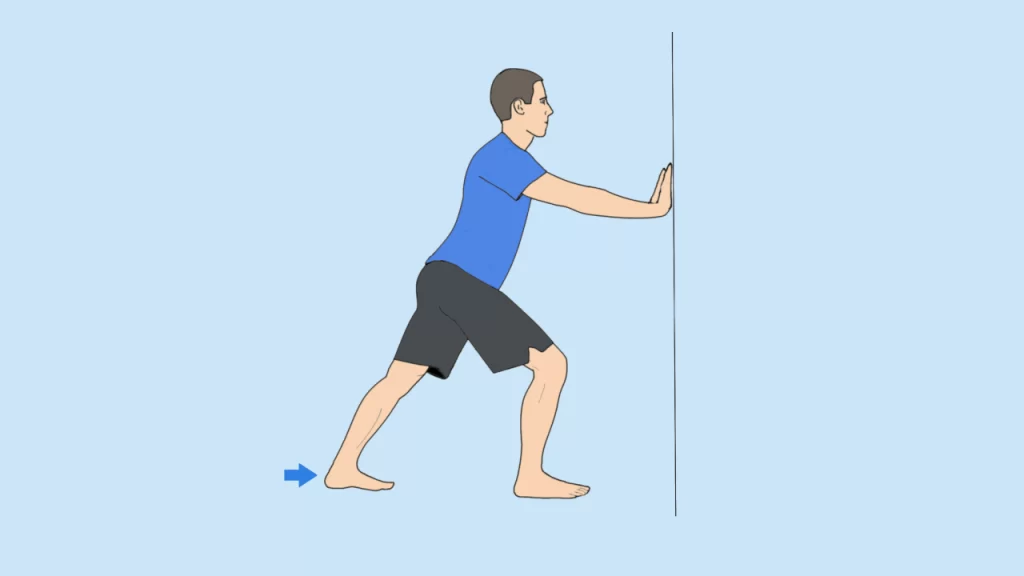
Standing calf stretch
For balance, hold to a chair or wall. Your right leg is bent. With your left leg, take a step back and slowly straighten it behind you. Put pressure on the floor with your left heel. Your back leg should feel stretched in the calf. 20 seconds of holding. After two repetitions, switch legs.
Moving forward will allow you to bend your right knee more deeply, but be careful not to let it extend past your toes.
Strengthening exercises
These exercises help to strengthen the muscles around your knee joint
The clamshell
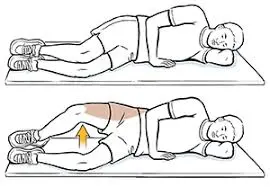
The lying-down clam exercise strengthens the buttocks.
Targets: Glutes.
purpose: Weak glutes commonly cause knee soreness by causing the knee joints to absorb too much shock. Minor pressure should positioned on the knees as an outcome of buttock strengthing.
Steps:
Lay on your side.
Align the shoulders, hips, and feet while bending the knees and hips to 90 degrees.
Maintain a tight foothold.
As high as you can, raise the top knee; then, gradually lower it.
Recount on the different sides while maintaining the stretch for 3 to 5 seconds.
Do this 10 to 25 times per day, twice.
Kick-backs
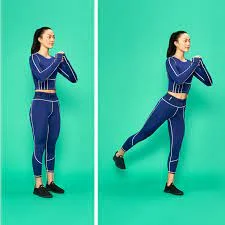
straight leg kick back
Standing kickbacks strengthen the leg muscles and reduce stiffness.
The hamstrings (back of the thigh) are the target.
Goal: This exercise is excellent for reducing knee stiffness and strengthening the leg muscles.
Steps:
Stand upright.
Lift one foot and bend the knee to bring the heel towards your buttocks.
Hold for a short while before lowering the leg.
Straight posture and aligned knees are ideal.
Repeat each repetition 10–25 times.
Several times a day, carry out these exercises.
Standing leg lift
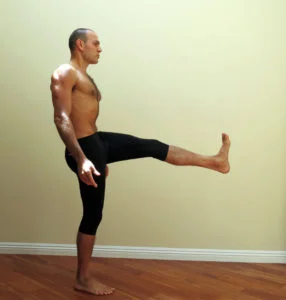
Leg raises while standing increase stability, balance, and power.
Targets: Lateral glutes (outside).
The goal of leg lifts is to lessen the impact on the knees while increasing stability, balance, and strength.
Steps:
In front of a wall, lean.
Raise one leg out to the side while keeping the toes facing forward or slightly inward.
Avoid swinging to the side that is still.
Leg lowered.
Repeat on each side 15–20 times.
Straight Leg Raise

SLR- Straight leg raise
Increase your muscle mass to support your joints.
With your elbows supporting your upper body, lie on the ground. Foot on the ground left knee bent. Maintain a straight right leg with the toes pointed up. Raise your right leg while contracting your thigh muscles.
As demonstrated, pause for 3 seconds. As you carefully lower your leg to the ground, keep your thigh muscles firm to the touch and raise again after touching. Do two sets of ten repetitions each. After each set alternate.
Quad Set
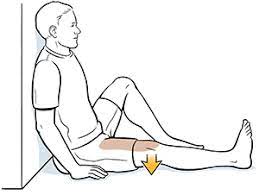
static-quadriceps-exercises
The straight leg raise: Is it too difficult? Instead, perform quad sets. You don’t raise your leg when using these. Simply contract the quadriceps, which are the muscles in the thighs.
Lay down on the ground to begin. Keep your legs relaxed and flat on the ground. In the right photo, the left leg is bent and held tense for 5 seconds. Relax. Complete 2 ( two) sets of 10 repetitions per. After each set, alternate legs.
Seated Hip March
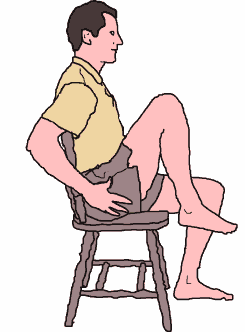
Strengthen the muscles in your thighs and hips. Daily tasks like standing or walking can be helped by it.
In a chair, sit up straight. While keeping your toes on the ground, slightly kick your left foot back. Keeping your right foot off the ground, bend your knee. Hold the right leg up in the air for three seconds. Gently lower your foot to the ground. Do two sets of ten repetitions each. After every set, swap legs.
a challenge? Lift your leg with the help of your hands.
Ball-Squeeze

To support your knees, this exercise serves to strengthen the inner parts of your legs. With your knees flexed, lay on your back. Put a cushion/ ball in the space between the knees.
Squeeze the pillow/ball between your knees as you squeeze together. Take a 5-second hold.
Relax. Two acts of 10 repetitions each. Alternate the legs after each set.
too tough? This workout could also be performed while seated.
Heel Raise
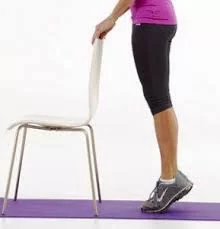
Holding onto a chair’s back will help you maintain your posture. As you stand up, lift your heels off the floor and balance both feet on their toes. three seconds of holding. Slowly touch the ground with both heels. Do two sets of 10 repetitions each.To difficult? While seated in a chair, carry out the same activity.
Side Leg Raise
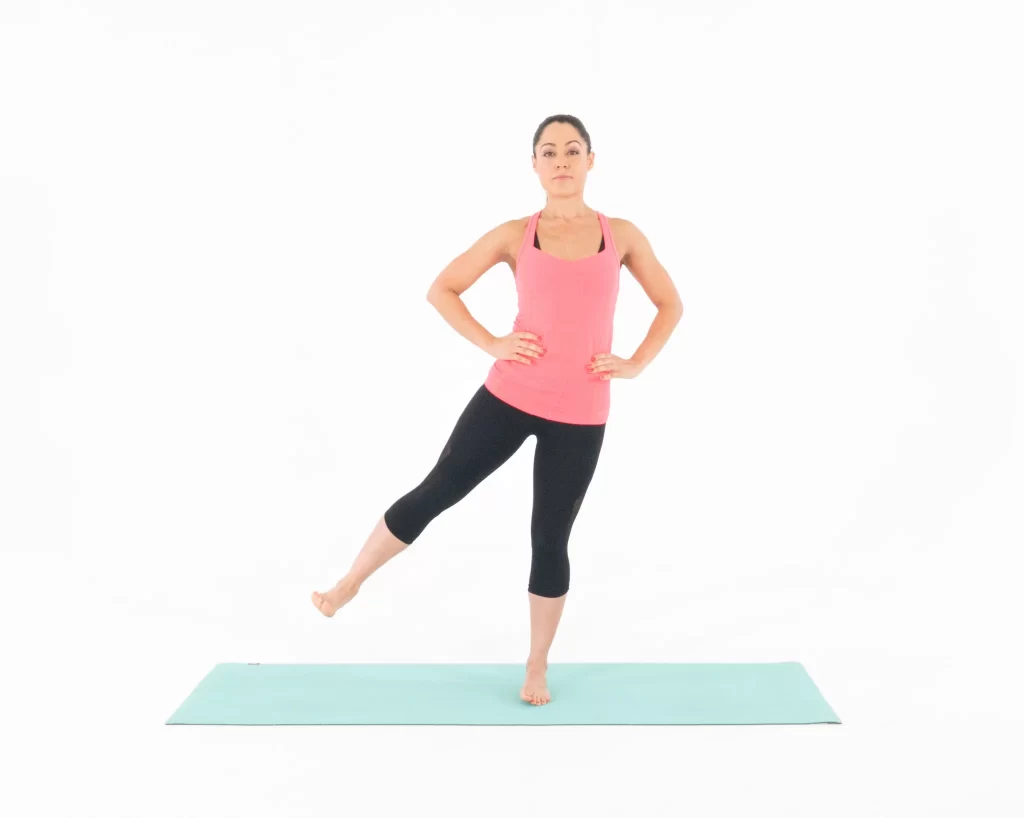
Side Lying Leg Lift exercise
To balance yourself, stand and grip the back of a chair. Your left leg should support your weight. Keep your right leg straight and your outer leg muscles stiff as you stand tall and lift your right leg to the side. After three seconds, carefully lower the leg. Perform two sets of 10 reps each. After every set, swap legs.
a challenge? Leg height should gradually rise. Following a few workouts, you’ll be able to raise it higher.
Sit to Stand
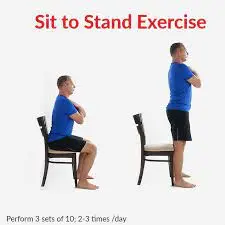
Targets: glutes and the quadriceps (front of thigh).
The purpose of this repeating motion is to increase the range of motion in the knee and leg strength as a whole. Standing up pain-free will get simpler with time.
Steps:
Place your feet flat on the ground while sitting upright in a chair.
Cross your arms over your chest.
Slowly take a straight stance.
Sit back down gradually.
For a minute, keep doing this.
One Leg Maintaining stability
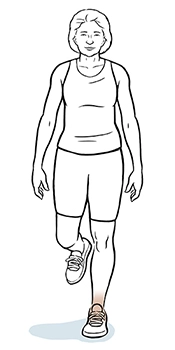
You can use this motion to bend over or enter and exit vehicles.
Without holding onto anything, stand behind your kitchen counter and carefully lift one foot off the ground. The objective is to maintain equilibrium without snatching the counter for 20 seconds. Repeat this movement twice, then alternate sides.
Too basic? Longer duration of balance. Or, try it while you’re blind.
Step Ups
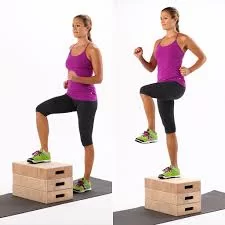
step-up exercise
Do this to make your legs stronger so you can climb stairs.
Hold onto the banister for stability while you stand in front of the stairs. Next, go onto a step with your left foot. Step up, placing your right foot on the step as you contract the muscle in your left leg. As you progressively lower your right foot, keep your muscles tight. Releasing, touch the ground once again. Perform two sets of 10 reps each. After each set, alternate legs.
Aerobic exercises
Exercises that improve your cardiovascular health are also beneficial for OA of the knee symptoms. For those with OA in the knee, the following are effective aerobic exercises:
Biking, swimming, and water aerobics are further low-impact workouts. Exercise in the water relieves pressure on sore joints. Classes for arthritis sufferers are available at numerous community and hospital wellness facilities, gyms, and swimming pools.
Losing weight may also be a benefit of exercise, which relieves pressure on your joints.
Ask your doctor or physical therapist how to safely make painful moves feel less during your favorite sports like golf.
Walking
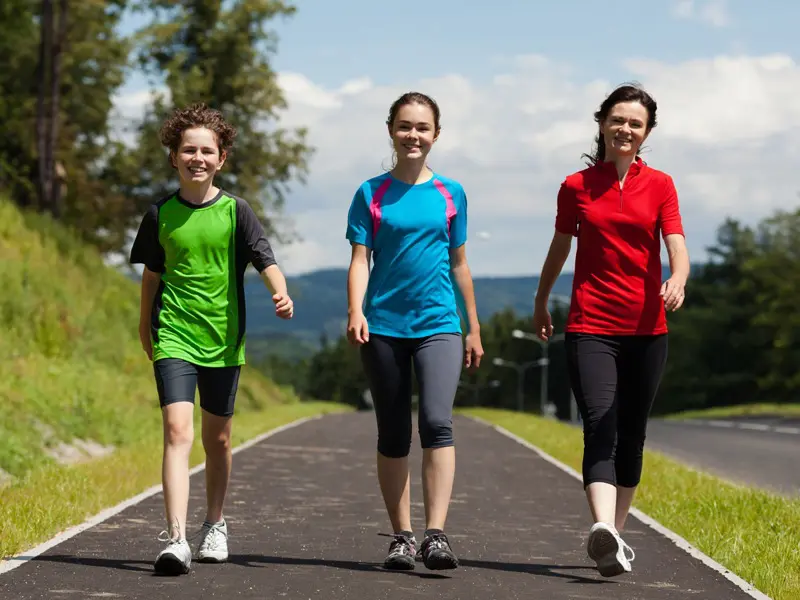
Walking could be an excellent kind of exercise, even if your knees are sore or stiff. Start out slowly, maintain your equilibrium, and continue. You can strengthen your leg muscles, correct your posture, increase your flexibility, and relieve joint pain. Additionally, it benefits your heart.
Before beginning a new exercise regimen, consult your doctor if you are not currently active
Walking
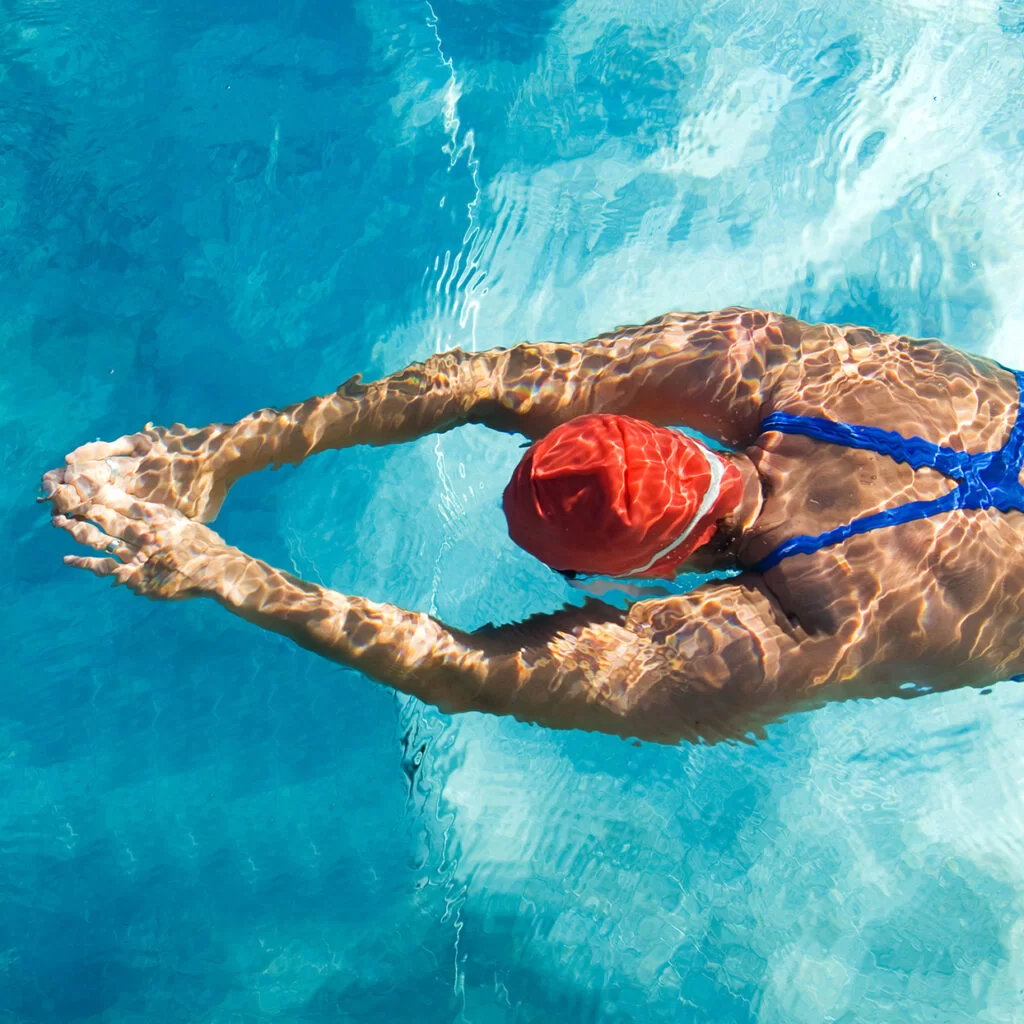
Swimming may be much more than just a recreational sport, although it is frequently considered one.
Swimming’s dynamic movements can help keep joints healthy and relieve discomfort, and it provides buoyancy and resistance for joint-strengthening workouts. It’s a fantastic way to include exercise into your routine and give your knees some much-needed respite!
Targets: This low-impact cardiovascular workout targets the full body.
Regardless of age, swimming may be a great form of exercise, and many individuals with arthritis find it to be relaxing and peaceful.
Due to the fact that 90% of the body’s weight is supported in the water, swimming is gentle on all joints, especially the knees.
Many of the advantages of swimming can be gained through conducting slower, standing aerobic workouts in shallow water if swimming is too challenging.
Elliptical training
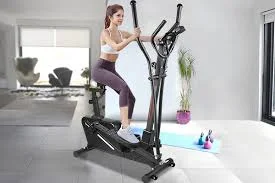
Targets: The legs and arms.
For individuals with knee pain or weak knees, this low-impact cardiovascular exercise is preferable to running or jogging.
The utilizing a machine with a control panel that allows a person to modify the slope and resistance.
It should also have two sets of handles, one moving and one immovable, for maximum comfort and balance.
Recumbent cycling
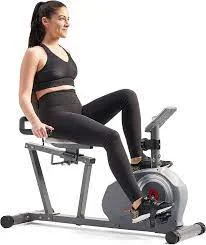
test for intermittent claudication
Compared to standard bicycles, recumbent bicycles offer even more support for the body, reducing weight and pressure on the knees.
Targets: This low-impact cardiovascular workout targets the full leg.
Purpose: Compared to walking or jogging, cycling is typically a lower-impact workout.
However, cycling on uneven terrain or with poor form can put a lot of strain on the knees. In a reclined position while using a recumbent bike, the user puts less weight and strain on their knees. Additionally, it lessens the chance of damaging the joints over time by cycling with the knees extended outward.
Tai chi and yoga
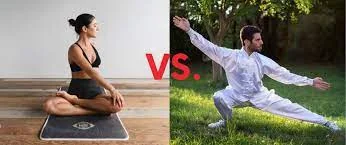
Benefits of tai chi for those with knee OA.
These organizations also promote yoga, subject to its advantages.
Targets: These mind-body meditation techniques can improve both physical and mental health.
The goal of yoga and tai chi is to maintain balance, flexibility, and strength in the body through the use of breathing exercises and meditation. By lowering the likelihood of conditions like anxiety and depression,
for example, this holistic approach may also be beneficial for a person’s mental health.
Here are some additional tips for exercising with OA knee:
- Before exercising, warm up, and then cool down.
- Wear comfortable, supportive shoes.
- Exercise on a soft surface, such as a running track or grass.
- Avoid exercising in extreme heat or cold.
Take breaks when you need them. If you feel any pain, pay attention to your body’s signals and stop.
Before starting
Always talk to a doctor before starting any workout program.
Along with adhering to the doctor’s advice, a person should:
Start slowly: Arthritic people should pay close attention to their body’s cues and stop if they feel any pain. Include movement in daily activities: Instead of remaining primarily inactive but dedicating one block of time to intense exercise, keep the joints supple by including movement throughout each day.
even if your symptoms are better, keep working out: Maintaining a healthy lifestyle can help stop new issues from arising. Furthermore, if a person quits exercising, the symptoms could come back.
Pay attention to pain.: For any severe discomfort or changes in pain, seek medical attention.. The exercise plan may also need adjusting. People should try incorporating their arthritis exercises into daily activities as they become accustomed to them. Numerous exercises can be performed while doing tasks around the house or working at a desk.
Overall, any movement practice for arthritis-related knee discomfort should be simple to complete and low-impact. Each exercise should contribute to increasing stamina, flexibility, or strength. These objectives guided the creation of the mentioned list.
How much of Exercise?
A good target is 30 minutes every day. Start modestly by setting aside 10 minutes every other day. Increase your exercise level to reach the target if you are pain-free.
Initial minor muscle discomfort is typical. It’s OK to overcome it. If you wish to use over-the-counter painkillers like acetaminophen, ibuprofen, or naproxen to reduce the soreness, speak to your doctor first. Ice can be beneficial. However, avoid ignoring joint pain. Inform your doctor if you do.
Why exercise?
A person with knee arthritis is unlikely to fare better on medication alone. For this reason, Source suggests a mix of strategies, such as:
Self-management programs to teach people how to manage their arthritis may include weight management, if necessary, to lessen stress on the joints.
To handle pain, mood swings, weariness, and other associated problems, with arthritis, including strategies to protect the joints, and use cognitive behavioural therapy.
Regular exercise, including low-impact sports and exercises like tai chi, yoga, and swimming, can:
- maintain a moderate weight
- maintain balance and prevent falls
- strengthen the muscles around the joints
- Workouts could also help mental health and, depending on the setting, may provide more social opportunities.
The Avoidance Guide for Knee Osteoarthritis
Sports and deep lunges are two examples of high-intensity exercises that might aggravate knee osteoarthritis in sufferers. High-impact exercise puts additional strain on the injured area and may cause cartilage degeneration; this additional friction between bones frequently results in inflammation and pain.
Ignoring Knee Pain – When it comes to knee pain, it is crucial to pay attention to your body. Knee discomfort should never be ignored because doing so might cause irreversible joint damage due to the degenerative changes this disorder causes. Ignoring pain or attempting to ‘walk off’ an issue can be harmful. The doctor should be advised about continuous discomfort.
Lifting Heavy Items – Lifting heavy goods should be avoided because they put additional strain on already-problematic joints. This can not only make your discomfort worse in the near term, but it might also cause your knees to sustain more long-term damage, leading to more issues from arthritis.
Repetitive Motions – It’s important to avoid some repetitive motions because they can be more detrimental to your joints than beneficial. Bending, kneeling, and even cleaning dishes are a few examples of regular repetitive activities that may harm your knee joint. By adding a little variation to our daily movements, we can maintain the health and happiness of our joints.
Conclusion
Exercise is an essential part of managing OA knee. It can help to reduce pain and stiffness, improve range of motion and flexibility, strengthen the muscles around the knee joint, improve balance and coordination, and reduce the risk of falls.
Many different types of exercise are beneficial for OA knee, including low-impact exercises such as walking, biking, swimming, water aerobics, yoga, Pilates, and Tai chi. You can also do some specific exercises to strengthen the muscles around the knee joint, such as straight leg raises, hamstring curls and calf stretches.
It is important to start slowly and gradually increase the intensity and duration of your workouts as you get stronger. Be confident in attending to your body and prevent if you experience any discomfort.
If you are new to exercise, it is a good idea to talk to your doctor or physical therapist before starting any new exercise program. They could assist you in making a secure and useful workout program that should tailored to your requirements.
By following these tips, you can safely and effectively exercise to manage your OA knee.
In addition to the benefits listed above, exercise can also help to improve your overall mood and quality of life. It can also help you to maintain a healthy weight, which can further reduce your risk of complications from OA knee.
If you have an OA knee, I encourage you to talk to your doctor or physical therapist about developing an exercise plan that is right for you.
FAQs
You can use this guide to determine your exercise intensity level. Additionally, it will enable you to determine how much suffering is tolerable.
If you give yourself a pain score of 0 to 10 (0 being no pain and 10 being the greatest pain you have ever experienced), for example:
0 to 3 – minimal pain
4 to 5 – acceptable pain
6 to 10 – excessive pain
Pain during exercise
Attempt to keep your pain between 0 and 5. You can alter the workouts if your pain continues past this point by reducing the number of times you do a movement reducing the speed of a movement increasing rest time between movements
Pain after exercise
Your back knee shouldn’t get worse overall as a result of exercise. However, when the body adjusts to new movement patterns, practicing new exercises might occasionally result in temporary muscular soreness. When you have this kind of pain, it should subside soon, and it shouldn’t get any worse the next day.
You repeatedly do the same action. Starting new workouts by doing 2 to 3 repetitions at a time may be helpful. It’s better to make small progress throughout the day. Practice your repetitions, for instance, every hour. As this gets easier and if you feel capable, increase the amount of repetitions of your motions by 1 or 2 every few days.
As your repetition range expands, it may be beneficial to break things up into sets. Even while you could execute more repetitions at once as a result, you would do so less frequently throughout the day.
For illustration:
Do this 8 times.
halt for a second.
Keep going with the second 8-rep set.
Repeat two or three times daily.
You could try to increase the amount of repetitions you do over time.
Aim for no more than two sets of 15 reps
Exercising flexibility Stretching is a method for holding a position longer. This may eventually lead to an improvement in your range of motion.
When doing the exercise, you should feel a slight stretch. This shouldn’t be uncomfortable or painful.
Try to hold stretches for 20 to 30 seconds if at all possible.
Focus on performing exercise sets as best you can. Stretch in two to three sets, for example. Try to exercise like this two or three times daily.
As you stretch more, your range of motion should expand, helping you to extend further.
For healthy knees, try these suggestions. Be active.
Your joints were created to allow for motion. …
Maintain a healthy weight…
Protect knees from injury…
Treat injuries promptly…..
Pay attention to pain….
Kick the habit…..
Eat a healthy diet…Practice good posture.
Some arthritis sufferers firmly believe that nightshade vegetables, including tomatoes, potatoes, eggplants, and peppers, cause their condition to deteriorate. Tomatoes might be an exception, even if there isn’t any research that shows a connection between arthritis discomfort and most nightshades. They do so because they induce uric acid levels to rise.
Overuse or injury to a joint can damage the joint and raise the risk of OA in that joint. Examples include knee bending and repetitive stress on a joint. Age—Age raises the risk of acquiring OA. Gender: Women are more prone than males to acquire OA, particularly after the age of 50.
Reference
Clark, M., Lucett, S., & Medicine, N. A. O. S. (2010). NASM Essentials of Corrective Exercise Training. Exercise for Oa Knee.
Dekker, J. (2013). Exercise and physical functioning in osteoarthritis: Medical, Neuromuscular and Behavioral Perspectives. Springer Science & Business Media.
Exercise For OA for Knee. (n.d.). Health shots.
EXERCISE FOR OA KNEE. (n.d.). GMB FITNESS.
Ko, T., Lee, S. M., & Lee, D. (2009). Manual therapy and exercise for OA knee: Effects on muscle strength, proprioception, and functional performance. Journal of Physical Therapy Science, 21(4), 293–299. https://doi.org/10.1589/jpts.21.293
Messier, S. P., Loeser, R. F., Miller, G. D., Morgan, T. M., Rejeski, W. J., Sevick, M. A., Ettinger, W. H., Pahor, M., & Williamson, J. D. (2004). Exercise and dietary weight loss in overweight and obese older adults with knee osteoarthritis: The arthritis, diet, and activity promotion trial. Arthritis & Rheumatism, 50(5), 1501–1510. https://doi.org/10.1002/art.20256
Van Baar, M. E., Assendelft, W., Dekker, J., Oostendorp, R. A., & Bijlsma, J. W. J. (1999). Effectiveness of exercise therapy in patients with osteoarthritis of the hip or knee: A systematic review of randomized clinical trials. Arthritis & Rheumatism, 42(7), 1361–1369. https://doi.org/10.1002/1529-0131(199907)42:7

